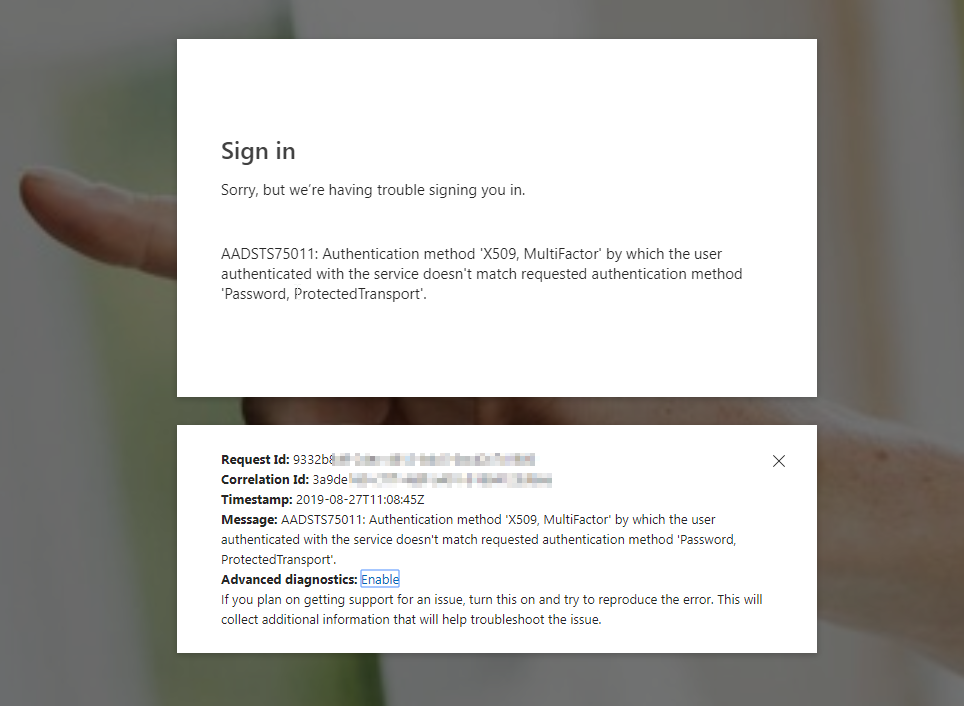


The user is now forced to maintain separate usernames and passwords, and must handle different password policies and expirations. First, the user needs to remember different passwords, in addition to any other corporate password (for example, their AD password) that may already exist. However, if a user needs to access multiple applications where each one requires a different set of credentials, it becomes a problem for the end user. The advantage of this simple approach is that everything is managed within the application, providing a single and consistent way to authenticate an end user. When a user signs in, the credentials are validated against this user store. Most applications have a user store (DB or LDAP) that contains, among other things, user profile information and credentials. This is often used to allow the same username to exist across multiple tenants belonging to different customers. This information allows the application to narrow down the search of the username applicable to the provided info. In some cases, additional information may be required to locate the user, like a company ID or a client code. Most applications present a sign-in page to an end user, allowing the user to specify a username and a password.

Authentication defines the way a user is identified and validated through some sort of credentials as part of a sign-in flow. Authenticationīefore looking at federated authentication, we need to understand what authentication really means. Federated Authentication is the solution to this problem. However, with increased collaboration and the move towards cloud-based environments, many applications have moved beyond the boundaries of a company's domain.

For example, if you use SharePoint and Exchange that are running on-premises, your sign-in credentials are your Active Directory credentials. More importantly, a user's credentials are typically stored and validated using the directory. To obtain information about users such as user profile and group information, many of these applications are built to integrate with corporate directories such as Microsoft Active Directory. Traditionally, enterprise applications are deployed and run within the company network.


 0 kommentar(er)
0 kommentar(er)
